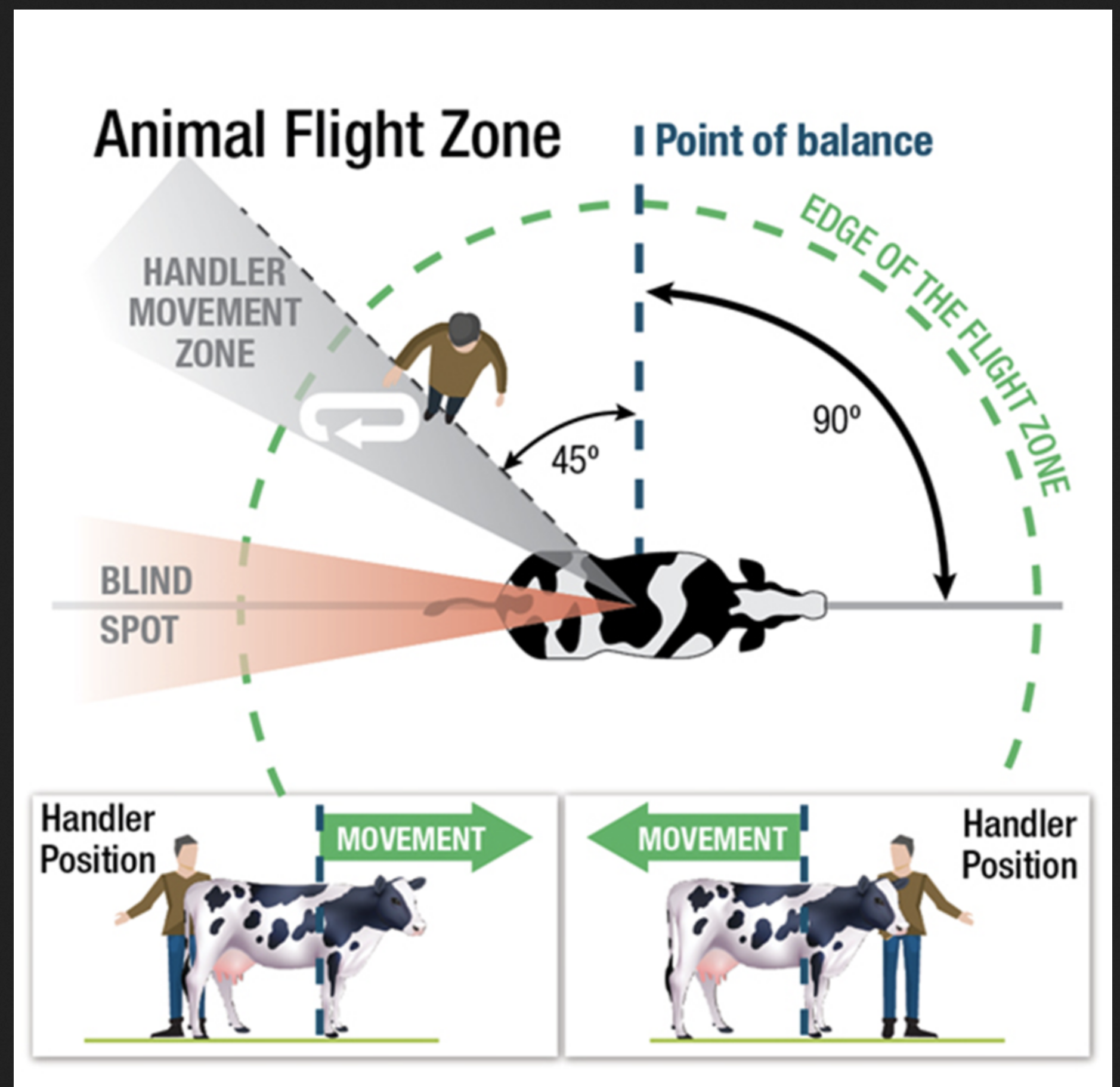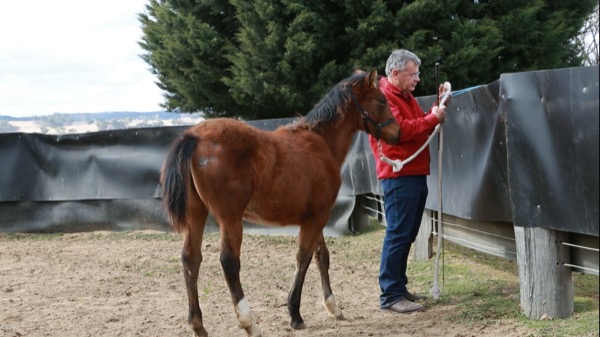Lots of horse owners are obsessed with the idea of tying young horses up.
One of the first things they do is tie their foals to a post.
When the foal pulls and fights, people often say ‘It’s okay, leave him and let him pull. He’ll work it out for himself’.
This makes no sense. Just like every other stage of his education, every horse must be taught to tie up.
They can’t work it out for themselves.
When a horse of any age pulls back, his head and poll are subjected to severe pressure and pain.
All the horse has to do to relieve this pressure and pain is take one step forward.
You know that and I know that but a horse can’t work it out. It’s beyond the reasoning power of any horse.
A horse can’t reason that if he breaks the lead, he’ll be free.
Equally, he can’t reason to take one step forward to relieve the pressure and pain.
When a horse pulls back against a solid object, the only thing he learns is to pull and fight and be terrified.
He stops thinking and goes into terror and fight mode and the more he pulls, the more he fights and on and on it goes.
It becomes a vicious circle.
This is a very frightening and very painful experience for any horse and not one he’ll forget in a hurry.
A horse’s natural reaction to pressure in front of his girth is to move backwards away from the pressure.
Pressure behind a horse’s girth will cause him to move forward –
again, away from the pressure.

When you pull on a horse’s headstall, the pressure is in front of his girth, so his natural reaction is to move backwards.
Before any horse is tied up, you must overcome this natural reaction.
Before he’s tied up, every horse must be taught to step forward when you pull on his headstall.
And he must be very, very confident around people.
A horse that’s nervous and worried will take backward steps whenever he’s approached.
If he’s tied up at the time, he’ll step back, reach the end of his lead and then pull back and fight.
Before you tie any horse, he must be taught to lead and to lunge.
He must have his legs handled and you must be able to walk up to him and catch him easily in an open paddock.
Your horse must be totally confident and relaxed around people.
Always remember, there’s no prize for how quickly you tie your horse.
It doesn’t matter if you don’t tie him until he’s had two or three months of handling.
Tying up should always be the last thing you do with a foal, not the first.
If a horse is confident, has been well handled and knows to step forward when he feels pressure on his headstall, tying up won’t be a problem.
When such a horse is tied for the first time, he’ll step forward when he reaches the end of the lead.
He won’t pull back because he’s confident and he understands to step forward when he feels pressure on his headstall.
The best way to teach any horse to tie up is to not tie him until you’re absolutely sure he’s ready.
Like I always say, never ask a horse to do anything until you’ve already taught him to do it.
My book was written to show there’s a better way for every horse.

